The Open Web
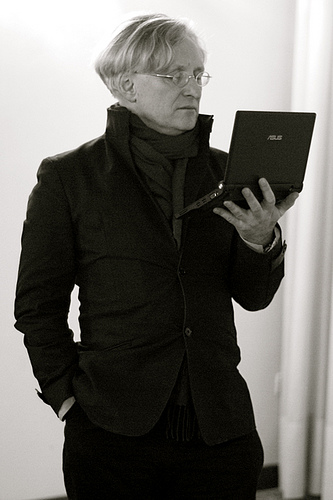 Steven Pemberton, W3C/CWI, Amsterdam, The
Netherlands
Steven Pemberton, W3C/CWI, Amsterdam, The
Netherlands
 Steven Pemberton, W3C/CWI, Amsterdam, The
Netherlands
Steven Pemberton, W3C/CWI, Amsterdam, The
Netherlands
Researcher at CWI in Amsterdam (first non-military internet site in Europe - 1988, whole of Europe connected to USA with 64kb link!). This makes me one of the first 25 civilians to use the internet in Europe.
Co-designed the programming language ABC, that was later used as the basis for Python
Wrote some of the Gnu C Compiler gcc in the 80's
Organised 2 workshops at the first Web conference in 1994. Chaired the first style and internationalization workshops at W3C.
Co-designer of HTML4, CSS, XHTML, XML Events, XForms, RDFa, etc
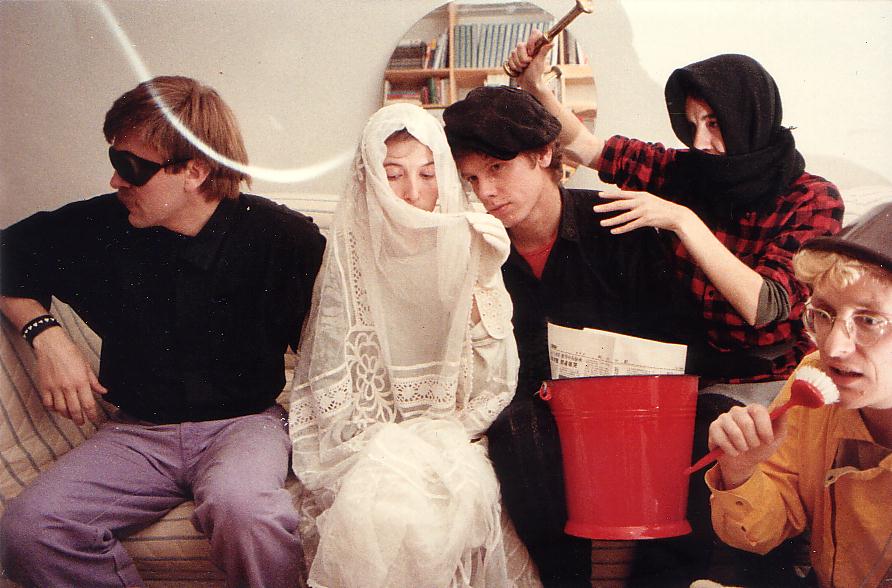
Open is a feel-good word.
Who could be against it?
It is a word that you can sprinkle like fairy dust over anything to make it seem good
But what does it mean?
Make no mistake: we are at a turning point in history. The internet is going to have as great an effect on society as the book did, only quicker.
Newspapers, music industry, books in trouble? Pah! Nothing. Just wait!
The means of distribution are changing hands.
"The classified ads (and stock market quotations) are the bedrock of the press. Should an alternative form of easy access to such diverse daily information be found, the press will fold."
Marshall McLuhan, "Understanding Media", 1964
The printing press is seen as the enabler for the enlightenment; In other words it took hundreds of years to make its true effect felt.
But take my grandparents: when they were born the only 'modern' technologies they knew were trains and photography.
No hot water, no gas or electricity, no flushing toilets.
And think of the changes that they saw in their lifetimes: cars, electricity, radio, movies, talkies, TV, computers, credit cards, cash machines, ...
Each of these changes represents a paradigm shift.
And the interesting thing is that paradigm shifts are happening faster and faster.
And not just any old faster and faster, but exponentially faster...
Since the Web is a foundational technology of the internet, it is all the more important to think about the long term. Don't worry about two years from now, others are already doing that. Think ten years ahead, and more.


Social: Accessible, searchable, ...
Technological: Extensible, device independent, ...
Proprietary formats
Flash
Javascript
Lack of extensibility of HTML
Media types (a.k.a MIME types)
Web 2.0
XML
Layering technologies, like CSS, XBL, XForms
Technologies for exposing data like RDFa
Net neutrality
Declarative approaches
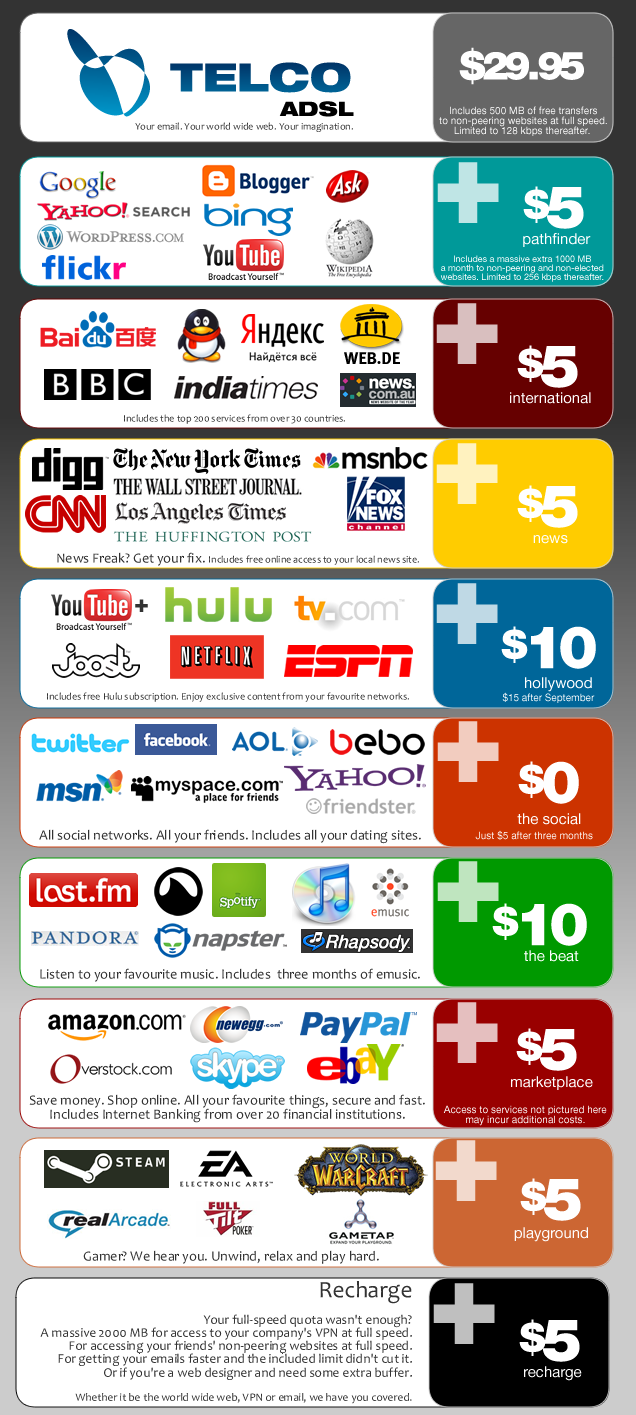
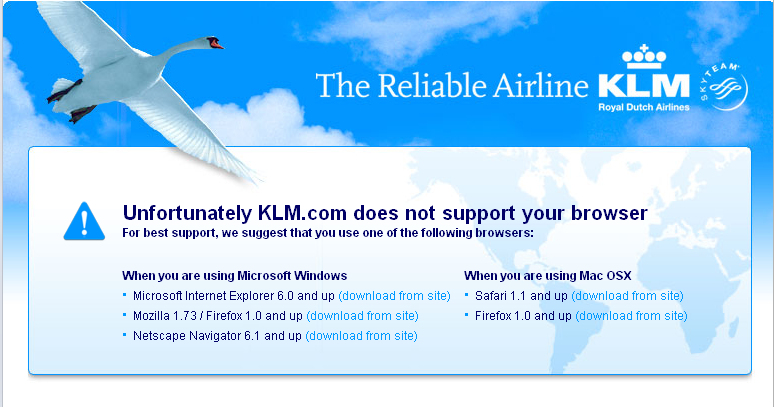
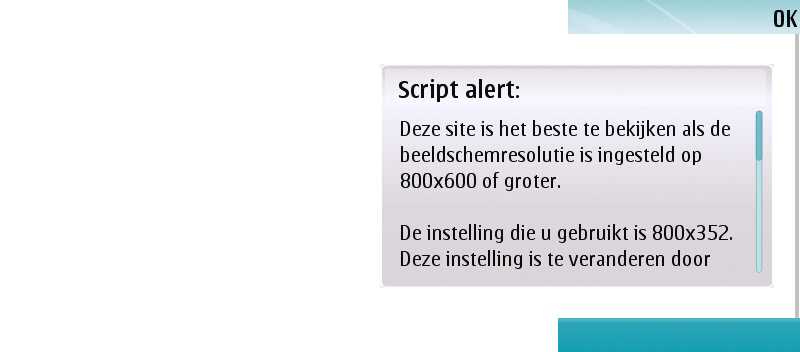
One day we will all be glad that sites are accessible.
We want accessibility not only so that blind people can also be a first-class citizen on the Web, but also because we all will one day be partially sighted, and we will even then still want to be able to browse the web without having to educate each new generation of 20 year olds with perfect sight who are building the web sites we use.
We want accessibility out of the box, so that web sites will automatically be accessible, without having to follow long lists of guidelines.
Open standards are the opposite of proprietary formats.
Being open allows anyone to comment and to influence the content.
CSS is a meta technology: it lets you layer stuff on top of other stuff.
There are many reasons why approaches like CSS are advantageous, but from the point of view of openness, it leaves the content far freeer of presentation contaminations, and allows the content to more easily be repurposed.
It aids accessibility and device independence.
Here is a similar use of XBL:
The page in this case has text like
San Francisco: 14:30:00 New York: 16:30:00 ...
The styling is done with SVG and XBL. Note the possibilities here for accessibility and device independence
One markup cannot fit all. One of the things that worries me about HTML5 is that they are removing features of HTML because not enough people are using them!
A good standard should be extensible to allow people to express what they need to express.
As an example, XForms was designed with device independence in mind. Controls don't say "this is a radio button" or "this is a drop-down", but "this control selects one from a list". This is easier to adapt to different devices.
People have demonstrated the same form running on a desktop, a cell phone, over a voice browser, even as an IM buddy; no one needs to be excluded because of the device they are using.
One of the reasons XForms is able to be so device independent (and accessible) is that it uses a declarative approach.
It says what is wanted, but not how to do it. This can then more easily be adapted to the circumstances.
(Another advantage is that it takes about one-tenth the programming effort)
Metcalfe proposes that the value of a network is proportional to the square of the number of nodes.
v(n)=n2
Simple maths shows that if you split a network into two, it halves the total value:
(n/2)2 + (n/2)2 = n2/4 + n2/4 = n2/2
This is why it is good that there is only one email network, and bad that there are so many Instant Messenger networks. It is why it is good that there is only one World Wide Web.
The term Web 2.0 was invented by a book publisher (O'Reilly) as a term to build a series of conferences around.
It conceptualises the idea of Web sites that gain value by their users adding data to them, such as Wikipedia, Facebook, Flickr, ...
By putting a lot of work into a website, you commit yourself to it, and lock yourself in to their data formats too.
This is similar to data lock-in with software. Moving comes at great cost.
There is no standard way of getting your data out of one Web 2.0 site to get it into another.
As an example, if you commit to a particular photo-sharing website, you upload thousands of photos, tagging extensively, and then a better site comes along. What do you do?
How do you decide which social networking site to join? Do you join several and repeat the work? I am currently being bombarded by emails from networking sites (LinkedIn, Dopplr, Plaxo, Facebook, MySpace, Hyves, Spock...) telling me that someone wants to be my friend, or business contact.
How about genealogy sites? You choose one and spend months
creating your family tree. The site then spots similar people in your tree on
other trees, and suggests you get together. But suppose a really important tree
is on another site?
How about if your chosen site closes down: all your work is lost.
This happened with MP3.com for instance. And Stage6. And Hometown. And Geocities. And Ma.gnolia
How about if your account gets closed down? There was someone whose Google account got hacked, and so the account got closed down. Four years of email lost, no calendar, no Orkut social network..
Here is someone whose Facebook account got closed. Why? Because he was trying to download all the email addresses of his friends into Outlook.
Or the woman whose account was closed for the heinous crime of posting a photo of her breastfeeding.
These are all examples of Metcalfe's law in action.
Web 2.0 partitions the Web into a number of topical sub-Webs, and locks you in, thereby reducing the value of the network as a whole.
What should really happen is that you have a personal Website, with your photos, your family tree, your business details, and aggregators then turn this into added value by finding the links across the whole web.
Firstly and principally, machine readable Web pages. One of the technologies that can make this happen is RDFa.
You could describe it as a CSS for meaning: it allows you to add a small layer of markup to your page that adds machine-readable semantics.
It allows you to say "This is a date", "This is a place", "This is a person" (and anything else) and uniquely identify them on your web page.
When an aggregator comes to your Website, it should be able to see that this page represents (a part of) your family tree, and so on.
If a page has machine-understandable semantics, you can do lots more with it.
Rather than putting all your data on someone else's website, and the fact that it is there implying a certain semantics, you should put your own data on your own website with explicit semantics.
Then we can get the true web-effect, with its full Metcalfe value.
But there's more
Government sites are using RDFa to publish jobs for instance, and laws.
Drupal is adopting RDFa in version 7.
Disintermediation through aggregation. It could spell the end for eBay and similar sites.
Openness on the web has very many dimensions.
These dimensions are both of a technical and social nature.
The web is here to stay for a very long time: Openness needs to be deliberately planned into any web-based design or technology